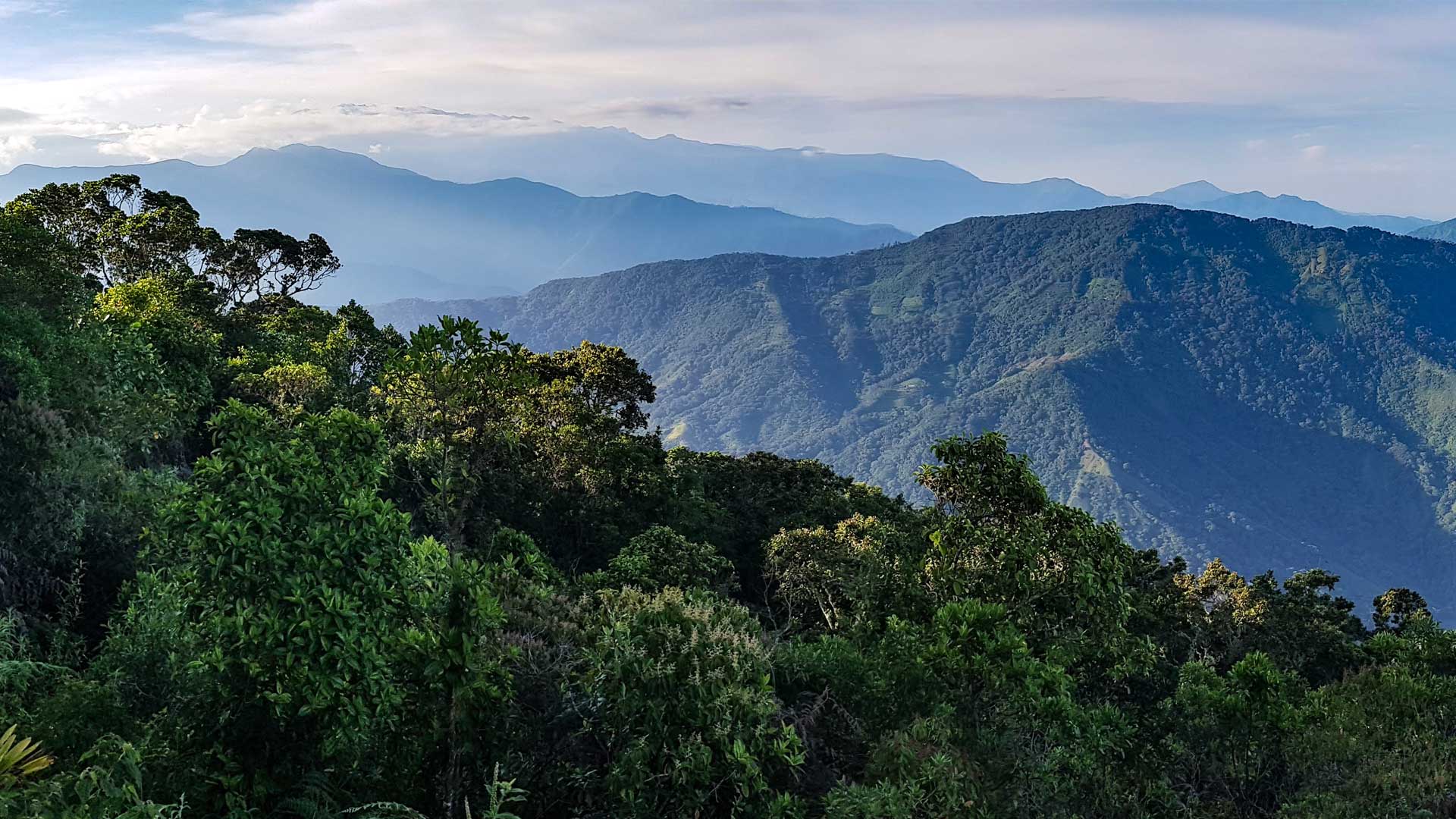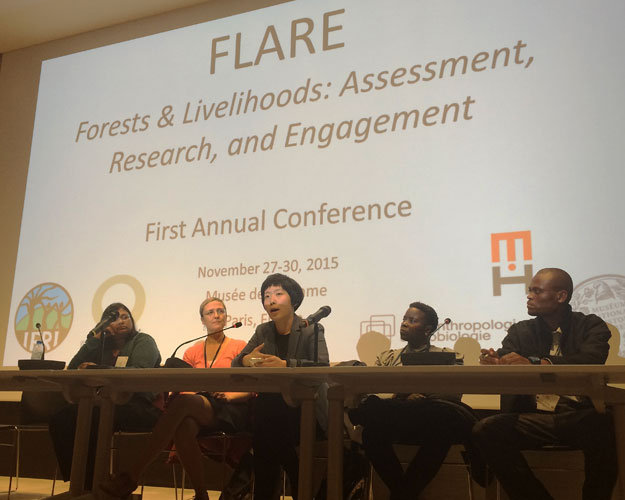About FLARE

Mission
The mission of the Forests & Livelihoods: Assessment, Research, and Engagement (FLARE) Network is to advance knowledge at the intersection of forests and livelihoods and facilitate its application to policy and practice.

Vision
Our vision is to create and nurture a vibrant global community of practice to understand, imagine, and help bring about more just and sustainable futures for people and forests.
Goals
1. Knowledge: Produce and share new knowledge at the intersection of forests and livelihoods
2. Policy: Inform decision-making through interdisciplinary conversations and engagement across research, policy, and practice
3. Resources: Develop and promote the use of low-cost tools and methods to enhance monitoring efforts and the efficacy of initiatives focusing on forest-related livelihoods
4. Capacity Development: Catalyze and support the development of the next generation of leaders working on forest-related livelihoods issues
5. Network support: Increase the capacity of FLARE to achieve its mission
Activities
1. Undertake impact assessments, horizon-scanning exercises, and other research efforts in the domain of forests and livelihoods;
2. Establish and support working groups on key themes to produce tools, reports, papers, policy briefs, and other relevant outputs;
3. Support processes and products (e.g., workshops, papers, policy briefs) focused on the set of core questions listed below;
4. Organize meetings and conferences around key forests and livelihoods themes;
5. Ensure principles of equal and equitable relationships are followed with partners and collaborators
Core Questions
THEORY: What are the most pressing conceptual, political, and practical issues concerning forests and livelihoods?
1. How do forests contribute to livelihoods, and how does governance shape forests and livelihoods?
2. What theories of change explain forest use, livelihoods, and governance outcomes?
IMPLEMENTATION: How are initiatives aimed at improving forest and forest-related livelihoods outcomes being designed and implemented?
1. What are the key mechanisms through which more effective forest governance can be achieved? When are the specific mechanisms being used, and where are they most effective?
2. What assumptions underlie, or are being perpetuated by, these initiatives?
3. How do power, inequality, representation, accountability, and framing affect the governance of forests and livelihoods?
IMPACTS: What are the social-ecological impacts of forest livelihood-related policies, programs, and projects and how can these best be assessed?
1. What are the best approaches to assess effectiveness and to improve knowledge of forest and livelihoods-related initiatives?
2. How can existing datasets and studies be leveraged to estimate impacts?
3. Who benefits from and who bears the costs of such initiatives in forest and agroforestry landscapes from local to global scales?
4. How effective have such initiatives been and what lessons can be learned to inform future research, policy and practice?
History
The FLARE Network was launched just prior to the landmark Conference of Parties (COP) on Climate Change meeting in Paris in 2015. Founded and led by Dr. Arun Agrawal and with initial support from the Government of the United Kingdom (Department for International Development), the FLARE Secretariat was based at the University of Michigan’s School for Environment and Sustainability. Since 2021, the Secretariat has been based at the Keough School of Global Affairs at the University of Notre Dame in the United States under the leadership of Dr. Daniel C. Miller. From the beginning, a Steering Committee has helped shape and advance FLARE’s strategic priorities.



